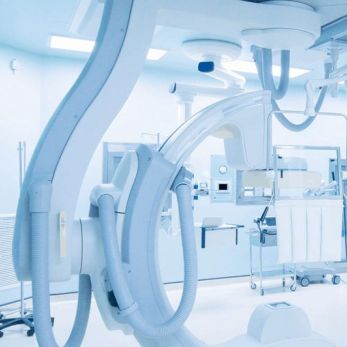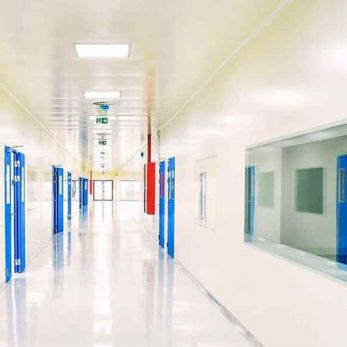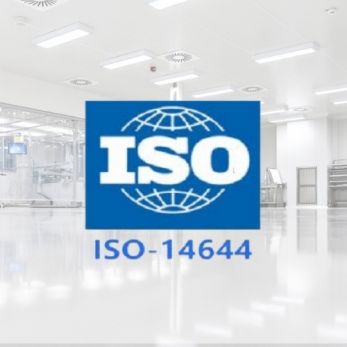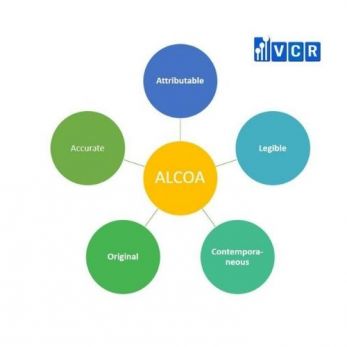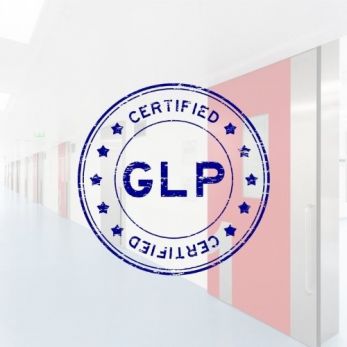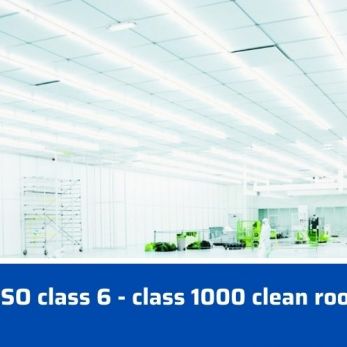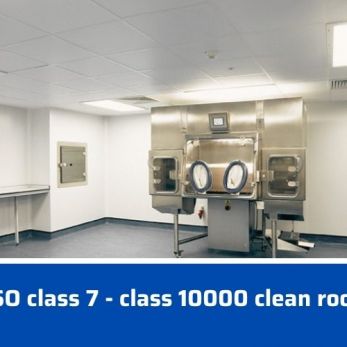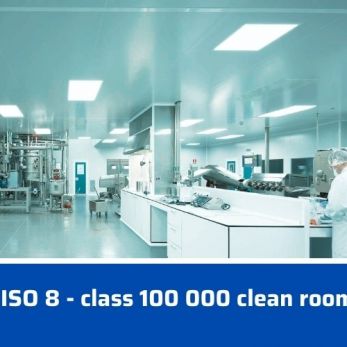What Is ISO 8, ISO 7, ISO 6, ISO 5 Cleanroom?
Cleanrooms are classified by how clean the air inside them is. Cleanroom class is the level of cleanliness the room has. What is ISO 8, ISO 7 cleanroom? It depends on the number of particles found in the room' air. Let's find out with VCR.
Cleanrooms are classified by how clean the air inside them is. Cleanroom class is the level of cleanliness the room has, according to the number and size of particles found in the air. This article will specify the cleanroom classification according to ISO standards.
1. ISO 14644-1 cleanroom standards
- ISO 14644-1 is the standard developed by the International Organization for Standardization (ISO), which classifies air cleanliness by particle concentration.
(*Particle concentration: number of particles per unit volume of air)
- ISO 14644-1 standard system includes cleanroom classes: ISO 1, ISO 2, ISO 3, ISO 4, ISO 5, ISO 6, ISO 7, ISO 8, and ISO 9.
ISO 1 is the cleanest class and ISO 9 is the dirtiest class. Although ISO 9 cleanroom is categorized as the dirtiest, it is cleaner than a regular room.
ISO 5 - ISO 8 is the common range cleanroom class.
| ISO class | Maximum allowable concentrations (particles/m3) for particles equal to and greater than the considered sizesa | |||||
| 0.1 μm | 0.2 μm | 0.3 μm | 0.5 μm | 1 μm | 5 μm | |
| ISO 1 | 10b | d | d | d | d | e |
| ISO 2 | 100 | 24b | 10b | d | d | e |
| ISO 3 | 1 000 | 237 | 102 | 35b | d | e |
| ISO 4 | 10 000 | 2 370 | 1 020 | 352 | 83b | e |
| ISO 5 | 100 000 | 23 700 | 10 200 | 3 520 | 832 | d,e,f |
| ISO 6 | 1 000 000 | 237 000 | 102 000 | 35 200 | 8 320 | 293 |
| ISO 7 | c | c | c | 352 000 | 83 200 | 2 930 |
| ISO 8 | c | c | c | 3 520 000 | 832 000 | 29 300 |
| ISO 9g | c | c | c | 35 200 000 | 8 320 000 | 293 000 |
a All concentrations in the table are cumulative, e.g. for ISO Class 5, the 10 200 particles shown at 0,3 μm include all particles equal to and greater than this size.
b These concentrations will lead to large air sample volumes for classification. Sequential sampling procedure may be applied; see Annex D.
c Concentration limits are not applicable in this region of the table due to very high particle concentration.
d Sampling and statistical limitations for particles in low concentrations make classification inappropriate.
e Sample collection limitations for both particles in low concentrations and sizes greater than 1 μm make classification at this particle size inappropriate, due to potential particle losses in the sampling system.
f In order to specify this particle size in association with ISO Class 5, the macroparticle descriptor may be adapted and used in conjunction with at least one other particle size
g This class is only applicable for the in-operation state
2. ISO 8, ISO 7, ISO 6, ISO 5 cleanroom
ISO 5 is super clean class.
+ ISO 5 cleanroom must have less than 3,520 particles >0.5 micron per cubic meter and 250-300 HEPA filtered air changes per hour.
+ The equivalent FED standard is class 100. Common applications are semiconductor manufacturing and pharmaceutical filling rooms.
ISO 6 is a very clean cleanroom class.
+ ISO 6 cleanroom must have less than 35,200 particles >0.5 micron per cubic meter and 180 HEPA filtered air changes per hour.
+ The equivalent FED standard is class 1000.
ISO 7 is a common cleanroom class.
+ ISO 7 cleanroom must have less than 352,000 particles >0.5 micron per cubic meter and 60 HEPA filtered air changes per hour.
+ The equivalent FED standard is class 10.000.
+ Common applications are pharmacy USP800 compounding rooms, electronics manufacturing, and medical device manufacturing.
ISO 8 is another common cleanroom class.
+ ISO 8 cleanroom must have less than 35,200,000 particles >0.5 micron per cubic meter and 20 HEPA filtered air changes per hour.
+ The equivalent FED standard is class 100.000.
+ Common applications include plastic extrusion for medical devices, e-liquid manufacturing, and nutraceutical packaging.
3. ISO cleanroom classification and FED STD 209E
The Federal Standard 209E (FS 209E) is another air cleanliness classification. This standard was replaced in 1999 by ISO 14644-1.
FS 209E was canceled by the General Services Administration in 2001, but it is still widely used.
The FS 209E categorized cleanrooms into Class 100 000, Class 10 000, Class 1000, Class 100, Class 10, Class 1.
Below is the comparison of Federal Standard 209E and ISO 14644-1:
ISO 14644-1 FS 209E equivalent ISO 3 Class 1 ISO 4 Class 10 ISO 5 Class 100 ISO 6 Class 1000 ISO 7 Class 10 000 ISO 8 Class 100 000
4. ISO cleanroom classification and air changes per hour
Cleanrooms maintain air cleanliness by using HEPA filters employing laminar airflow principles.
The more often the air is HEPA-filtered, the fewer airborne particles are left in the air.
The volume of air filtered in one hour divided by the volume of the room gives air changes per hour (ACH Rating).
Each ISO class will have a different ACH rating.
ISO Average number of air changes per hour (ACH rating) Cleanroom ISO 5 250-300 Cleanroom ISO 6 90-180 Cleanroom ISO 7 30-60 Cleanroom ISO 8 10-25 Conventional building 2-4
Table: ACH rating according to ISO class
Read more about cleanroom knowledge









